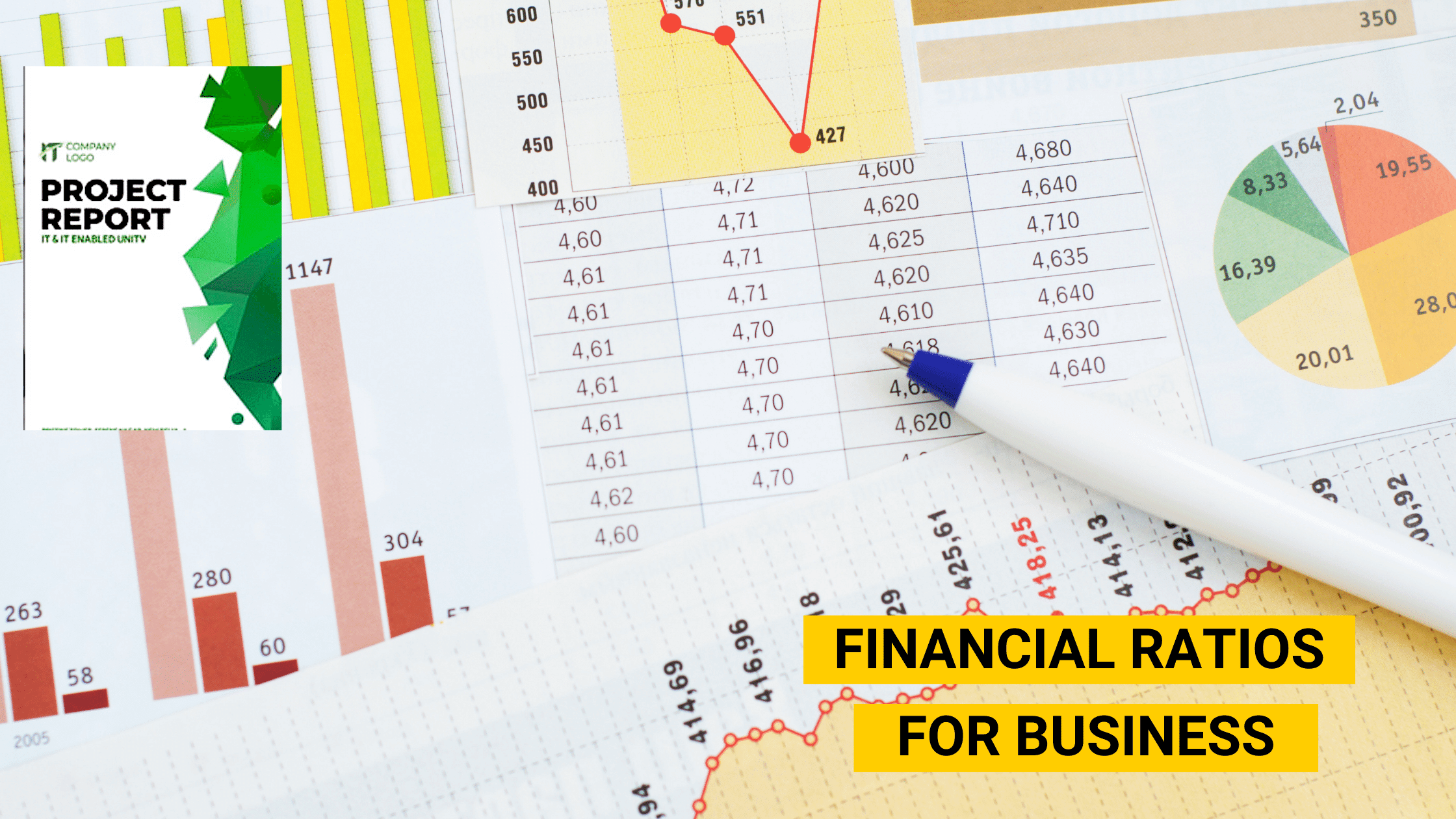The financial statement used for obtaining swift integration of an entity’s performance in key areas is known as ratio analysis. The ratio analysis aims to compare relationships between financial statement accounts that enable managers or investors to determine the health of the business. It provides us with crucial financial information and points out the areas that require investigation. Ratio analysis is a technique that involves the regrouping of data by the application of arithmetical relationships; its interpretation is a complex matter. Ratio analysis requires a good understanding of the techniques and ways used for making financial statements. Once it is done effectively, it provides a lot of financial information that helps the analyst. The following are the 10 Important financial ratios for a business:
Financial Ratios for Business
Quick Ratio
A quick ratio shows that a firm can meet its financial obligations and pay off its liabilities even in the case of an unanticipated situation. This ratio indicates the extent to which a company has quick assets to pay off its current liabilities. The higher the ratio, the Higher the solvency level of the company and the less the risk of being bankrupt.
Quick Ratio = (Current Assets, Loans & Advances – Current Inventory- Prepaid Expenses) / Current Liabilities & Provisions – Bank Overdrafts
Current ratio
The current ratio shows a company’s present financial strength. It is similar to the Quick Ratio, and this is also used to determine the short-term solvency of a company. A good current ratio indicates a strong short-term solvency position of the company. Sometimes, people also refer to this as the working capital ratio.
Current Ratio = (Total Current Assets, Loans & Advances) / Total Current Liabilities & Liabilities
Inventory turnover ratio
The inventory turnover ratio shows how frequently a company converts inventory into sales. Also, this ratio reveals the inventory holding period. The shorter the holding period, the Faster the conversion of inventory into sales indicating better efficiency.
Inventory Turnover Ratio = Cost of Goods Sold / Average Inventories
ROI (Return on Investment)
ROI basically compares the amount you invest in your business to how much money you make from that investment. This ratio measures the profitability of your business. The higher the ROI Ratio, the higher the profit your business will make. Investors also check this ratio as a primary indicator before investing money in any business.
ROI = (Earnings – Initial Cost of Investment) / Initial Cost of Investment
Return on Capital Employed (ROCE)
This ratio indicates the return by the company on its total investment. It is the ultimate measure of the company’s overall performance and productivity of capital employed, this ratio when compared with the industry average gives an indication of the financial performance of the company. ROCE is a very useful ratio in analysing capital-intensive companies in telecom/oil and gas / heavy industries etc.
ROCE = Profit before interest and taxes / Total Capital employed
Return on Equity (ROE)
This ratio indicates the income earned by equity shareholders. A high ratio means a high dividend, better prospects and a high valuation in the capital market.
Equity shareholder Funds = Equity Share Capital + Reserves and Surplus +/- Deferred Tax Assets or Liabilities
ROE = (Profit after tax- Preference dividend / Total capital employed) * 100
Earnings per Share (EPS)
EPS is one of the important financial ratios for a business. This ratio shows the earnings made on each share of a company. It is one of the important measures of profitability for analysts or investors. This ratio is the main consideration for the valuation of companies in case of mergers, etc. A higher ratio shows that the company is in a positive light. A higher ratio indicates higher returns.
Earnings per share (EPS) measures the net income earned on each share of a company’s stock.
EPS = Profit after tax- Preference dividend / Number of equity shares
Debt-Equity Ratio (DER)
This ratio indicates whether the company is relying on its own funds or borrowed funds. The debt-equity ratio shows a firm’s total long-term debt as a percentage of its owner’s total equity.
Higher the debt, more fixed liabilities by way of interest and more financial risk for the company. This ratio also indicates whether the company has an optimal capital structure to improve the returns available to equity shareholders.
Debt-equity ratio = Long-term debt / Equity
Debtor Turnover Ratio
The efficiency with which debtors are converted into cash is shown by this ratio. The higher the ratio, the greater the speed with which debtors are converted into cash. One can also express this ratio in terms of the number of days.
Debtor Turnover Ratio = Net Sales/Average Debtors
Cash ratio
The working capital ratio considers only cash and cash equivalents when calculating this ratio. Cash equivalent refers to the total value of cash in hand that includes items that are similar to cash or investments that mature within 90 days. Treasury bills, Treasury notes, and Commercial paper are some examples of cash equivalents. The following is the formula to find the cash ratio:
Cash ratio = Cash and cash equivalents/Current liabilities
About Finline!
Finline is an online platform for creating financial reports for getting bank loans and investments. It’s like ‘Canva’ but for financials. If you are an entrepreneur looking for a bank loan, you need to have a well-crafted project report. We, at Finline help you with that. Our team will help you create a powerful business plan in ten minutes. That too in your language. Also, our reports are accepted by all public and private sector banks working in India. Click to create your report.
